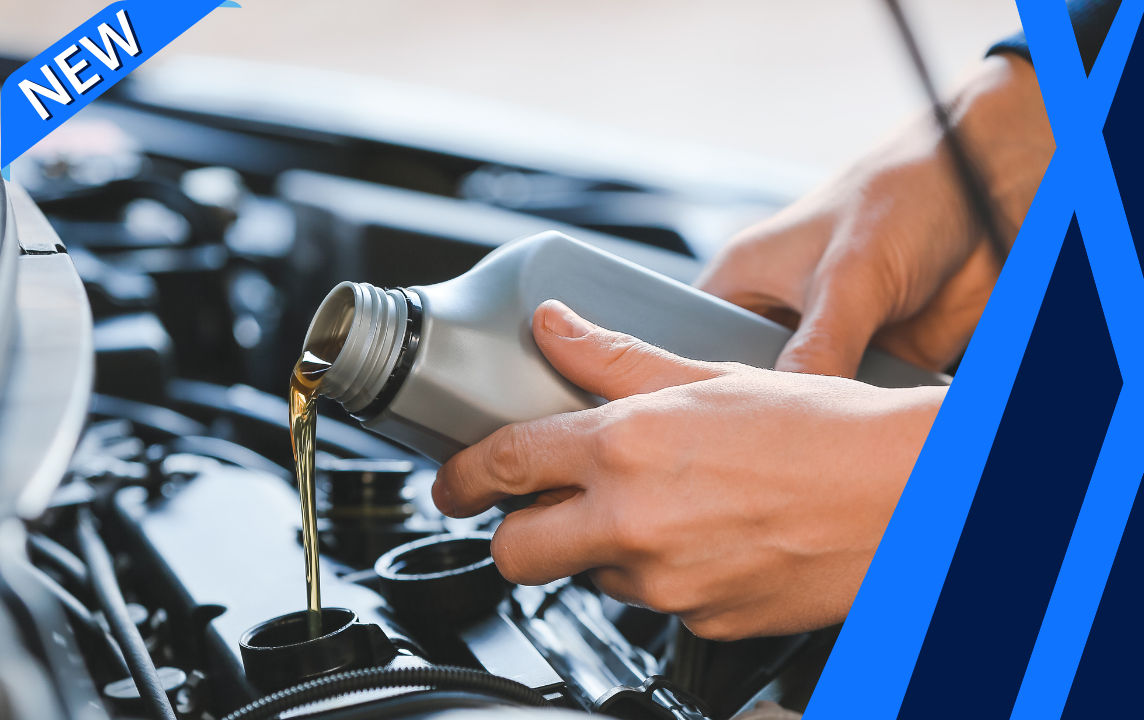Description
Engine idle speed is high Inspection
What is engine idle speed and how is it maintained?
Engine idle speed is the speed, measured in revolutions per minute (RPM) an engine is designed to run at when the engine is fully warmed up and the vehicle is stopped in park or neutral. Typically, the idle speed will be set at a value in the range of 600 to 800 RPM, but the exact value will depend on the number of engine cylinders and whether the vehicle is equipped with a manual or automatic transmission. Idle speed is maintained by the throttle body working in conjunction with the vehicle’s powertrain control module.
When to check for idle speed issues:
- RPM on dash gauge does not match OEM specification. Many cars have RPM gauges. If the engine speed displayed on the gauge does not match the original equipment manufacturer (OEM) specification on the underhood label, there is probably something wrong.
- Engine is idling higher than normal. If there is no RPM gauge but the engine sounds like it is turning faster when idle, a mechanic can use an instrument to measure the actual engine speed.
- Harsh engagement in drive. If the idle speed is too high, the vehicle will jump forward when placed in drive.
- Excessive brake effort is required to hold vehicle at a stop. If idle speed is normal, only a very light force on the brake pedal will be necessary to prevent forward motion in drive.
How do mechanics adjust or repair incorrect idle speed?
The repair procedure depends on the exact cause of the high idle. The below lists common causes of high idle and in each case, the appropriate vehicle system, components, and parts involved would be inspected, removed for repairs, and/or replaced as needed.
Faulty Fuse: In most vehicles, engine idle speed is controlled via an idle control valve (ICV). A faulty or blown fuse in other electronically controlled systems can cause the Idle Air Control (IAC) motor to malfunction, leading to a higher than normal engine idle speed.
Faulty Idle Air Control Valve (ICV): Some cars are equipped with an idle air control valve to maintain idle speed. This part can malfunction due to excessive carbon buildup in the intake manifold.
Vacuum Leak: On any engine, a vacuum leak will cause a high engine idle as the oxygen sensor detects lean operation and the engine computer then tries to compensate, which can result in abnormal idle. Malfunctioning Throttle: A malfunctioning throttle system can cause both a high or low idle as well as an engine stall. A dirty air intake or cracked air intake tube is often the culprit.Computer Malfunction: If the powertrain control module is malfunctioning, idle speed may be affected.
Is it safe to drive with incorrect idle speed?
No. High idle speed could make your vehicle difficult to control and were the idle speed to suddenly and unexpectedly increase to really high levels, you could experience unintended acceleration. Even moderately high idle speed, that is up to 1,200 RPM will make it more difficult to slow your vehicle when stopping and, once stopped, there remains the risk of your foot coming off the brake and the car jumping ahead. High idle speed also wastes gas and can be distracting as the vehicle does not perform as expected.
When addressing idle speed issues, keep in mind:
- Related functions, such as the idle up function when the air conditioner is turned on, will be inspected by a mechanic during the repair of a high idle problem.
- Prior to replacing parts, such as the throttle body, the mechanic will also need to rule out electrical causes of incorrect idle speed as well as physical causes such as vacuum leaks.




